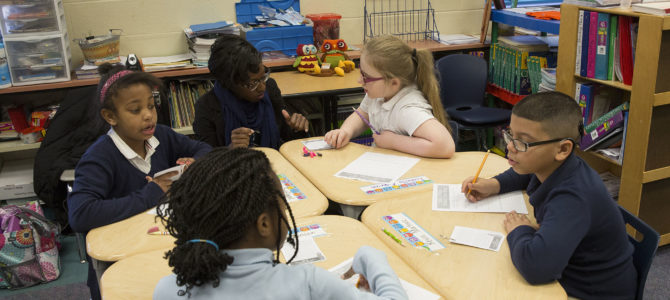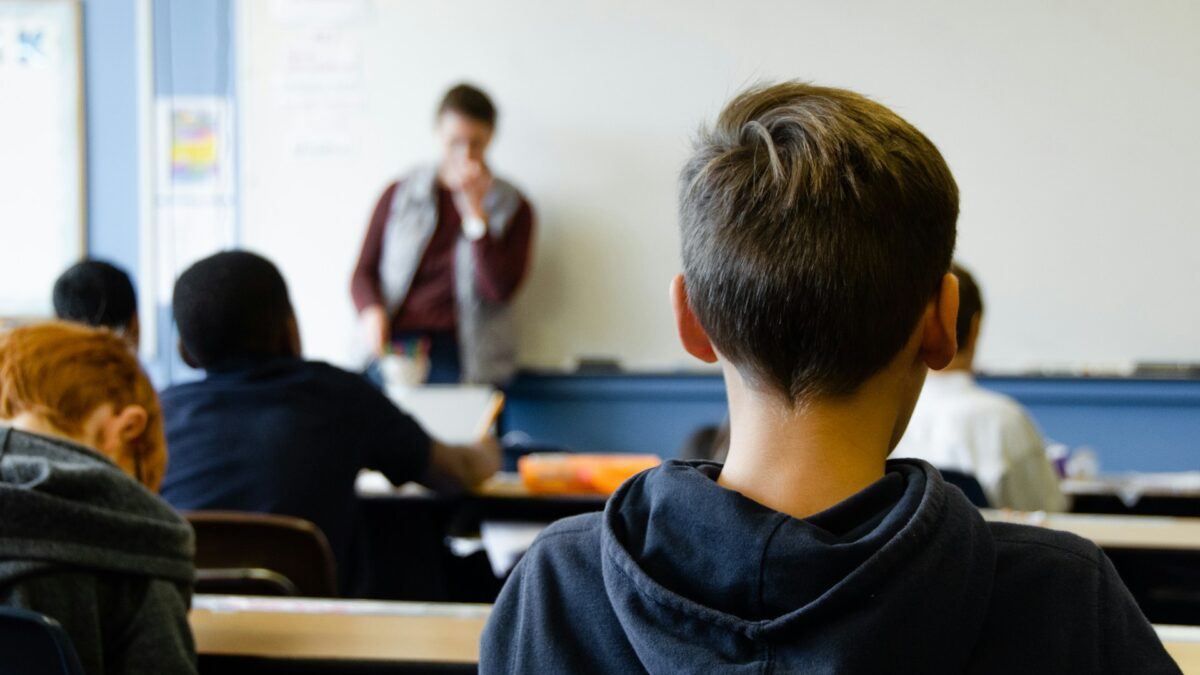
Parents across the nation are protesting critical race theory (CRT) in their schools, and for good reason. CRT is a racist ideology that blames systemic racism for all disparities in outcome. It blames and shames white people (along with any other races who exhibit “whiteness”) under the pretense of lifting and affirming supposedly oppressed minority groups.
Not only does CRT cast white people as irredeemable oppressors, it stereotypes and infantilizes other people by making them helpless victims. This is counterproductive and toxic in any setting, but particularly in the classroom. How are students supposed to learn and mature when they are told their destinies are fixed and cooperation with people of other races is impossible?
Don’t Just Repeal Critical Race Theory, Replace It
According to CRT, the United States runs on an oppressive “system” that rewards whites and condemns people of color. Consequently, participating in such a system only perpetuates injustice. Therefore, the only way forward is for the victims to demand reparations and for the oppressors to renounce their privilege.
Although various teacher unions and commentators insist on the educational merits of CRT (after first denying its existence in public schools), there are none. It actively discourages learning and undermines the very purpose of education. Parents of all stripes can see this and rightly oppose it.
However, merely being anti-CRT isn’t enough. Like the Tea Party movement opposing Obamacare a decade ago, the opponents of CRT today can easily be shrugged off if they’re just yelling at school boards and venting online. Rather, they must offer an alternative vision that doesn’t just deny the language of CRT, but opposes the whole culture that gives rise to it.
Typically, when this question comes up, conservatives propose some kind of patriotic agenda to impose on teachers and their students. President Trump’s short-lived 1776 Commission sought to rectify the wrongs of the 1619 Project by educating Americans on their nation’s founding principles. The popular young conservative Charlie Kirk advocates a similar strategy, suggesting prayer, the Bible, and national pride in schools as a solution.
Unfortunately, this kind of thinking risks being as superficial and ineffectual as CRT. It merely switches educators’ scripts without addressing more essential problems in today’s schools. The problems CRT pretends to address — low academic performance, rampant behavioral problems, and huge disparities of outcome among different racial groups — would persist even if American students learned to appreciate the founding fathers and the National Anthem.
Demand Excellence from Schools — and Students
Rather, those who oppose CRT should channel their energy into promoting excellence. After all, if people fear that schools are indoctrination centers, that Chinese students are overtaking American students, and that American kids can’t even learn the skills to enjoy a middle-class life, parents and educators need to get serious. This means adopting a program of excellence that emphasizes academic rigor, community-building, and equality of opportunity.
Perhaps parents’ biggest discovery when shutdowns sent their children’s schooling online was just how much mindless busywork their kids do in class. There just isn’t any rigor in most American classrooms. The work is easy, and grade inflation is normal. It doesn’t mean anything to get straight As, even in advanced classes, and more and more colleges have abandoned requiring aptitude tests like the SAT or ACT for admission.
The United States routinely scores lower on the Program for International Student Assessment (PISA) than other countries do despite spending far more on education. (Amanda Ripley testifies to the serious difference in rigor between American schools and those of other countries in her book “The Smartest Kids in the World.”) Teachers in these other countries don’t use any special strategy or process, they just demand more from their students: more reading, more writing, more problem solving. And they actually fail students who fall short.
Meanwhile, American educators focus on ways to make classes more “engaging” and “differentiated” to accommodate students with different learning styles. In reality, this just strips classes of challenges. Much modern American pedagogy attempts to make students learn without putting in the necessary time and effort.
But as Malcolm Gladwell thoroughly demonstrates in his classic “Outliers,” there are no shortcuts to achieving mastery. Students need opportunities to practice and develop, or else they never learn, even if their grade or class rank suggests otherwise. When they do achieve a certain level of mastery in a discipline (or a sport or a musical instrument), they can take pride in it because it’s real — and it will help them become independent, competent adults.
Promote Real Diversity, Not Demeaning Stereotypes
Additionally, schools should promote community-building. This is the main draw of formal schooling. They are not test-prep centers, but communities of learners. Students make friends, form groups, and learn to socialize with different kinds of people. In some ways, the lessons gained from forming relationships and having conversations prove to be more important than lessons learned in class.
Sadly, this has changed on most campuses. Because of technology, many students struggle to make friends, a challenge only worsened by a shutdown-induced transition to Zoom classes. Instead of going out to play with other kids, many now wallow at home with their devices.
For this reason, schools should make a concerted effort to eliminate smartphones from the classroom altogether, and make their campuses “Walden zones.” Not only do screens distract students from their work, they effectively form walls between people. Countries like France have banned phones from schools for this reason, and American schools should follow suit.
Finally, a program of excellence must encourage equal opportunity. It’s not enough to offer a good education to those with the right level of maturity or (more often) the right family background.
A great illustration of this was Marva Collins’s work teaching the classics to desperately poor black children in inner-city Chicago. As she explains in her great book “Marva Collins’ Way,” children have enormous potential but often lack the guidance and confidence to realize it. When teachers and principals at neighborhood schools gave up on them, letting demographics define their destiny, Collins confronted her students and challenged them, showing how much she believed in them.
In this sense, diversity can be a real strength. It’s important to have different types of students succeed and learn from one another. A pure cutthroat meritocracy that denies chances for social and economic mobility effectively creates a caste system.
Ironically, CRT also creates a caste system, though one based on race rather than merit. At its core, critical race theory is the negation of excellence, and this is why it should have no place at school. It enables mediocrity by offering so many excuses and denying the possibility of reform.
American students deserve better. Educators should try to reach out to all students and dare to challenge them instead of harboring the “soft bigotry of low expectations” and allowing certain students to fall through the cracks. Considering the myriad other educational and social gimmicks that have been tried, a focus on excellence is teachers’ and students’ best option.









